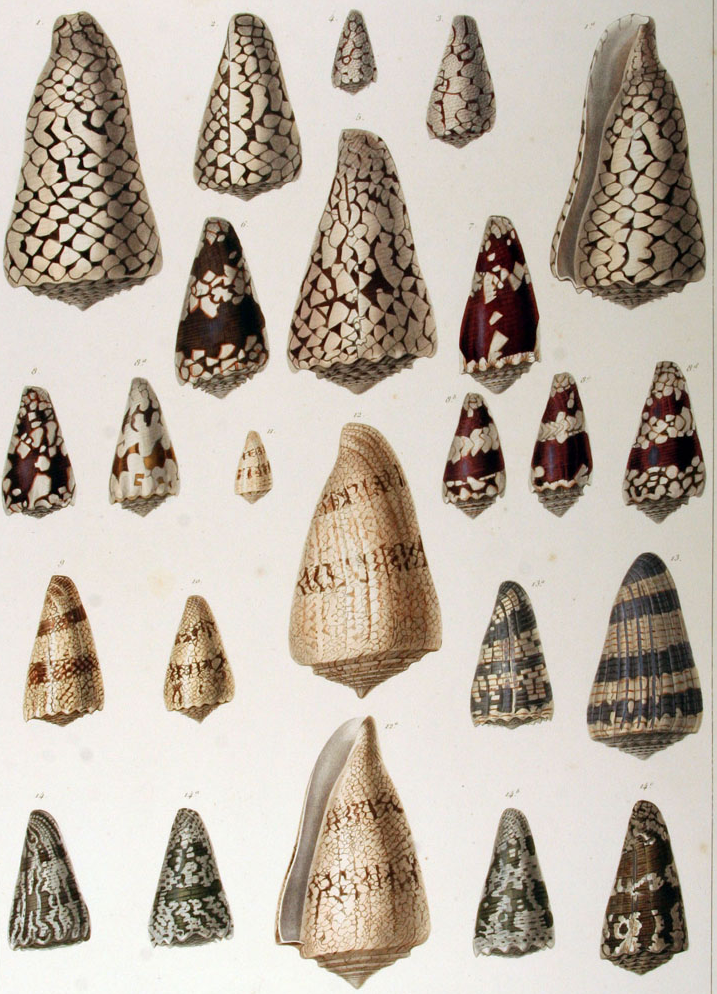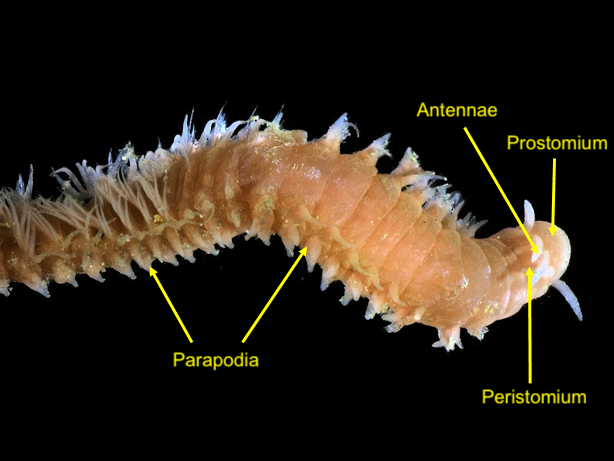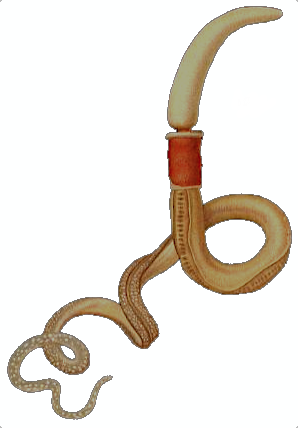|
Lividoconus
''Lividoconus'' is a subgenus of sea snails, marine gastropod mollusks in the genus ''Conus'', family Conidae, the cone snails and their allies. In the latest classification of the family Conidae by Puillandre N., Duda T.F., Meyer C., Olivera B.M. & Bouchet P. (2015), ''Lividoconus'' has become a subgenus of ''Conus'' as ''Conus (Lividoconus)'' Wils, 1970 (type species ''Conus lividus'' Hwass in Bruguière, 1792) represented as ''Conus'' Linnaeus, 1758 Distinguishing characteristics The Tucker & Tenorio 2009 taxonomy distinguishes ''Lividoconus'' from ''Conus'' in the following ways:Tucker J.K. & Tenorio M.J. (2009), Systematic Classification of Recent and Fossil Conoidean Gastropods, ConchBooks, Hankenheim, Germany, 295 pp. * Genus ''Conus'' ''sensu stricto'' Linnaeus, 1758 :: Shell characters (living and fossil species) :::The basic shell shape is conical to elongated conical, has a deep anal notch on the shoulder, a smooth periostracum and a small operculum. The shoulder ... [...More Info...] [...Related Items...] OR: [Wikipedia] [Google] [Baidu] |
Conus
''Conus'' is a genus of venomous and predatory cone snails.Bouchet, P.; Gofas, S. (2015). Conus Linnaeus, 1758. In: MolluscaBase (2015). Accessed through: World Register of Marine Species at http://www.marinespecies.org/aphia.php?p=taxdetails&id=137813 on 2015-11-12 Prior to 2009, it included all cone snail species but is now more precisely defined. Description The thick shell of species in the genus ''Conus'' sensu stricto, is obconic, with the Whorl (mollusc), whorls enrolled upon themselves. The spire is short, smooth or tuberculated. The narrow Aperture (mollusc), aperture is elongated with parallel margins and is truncated at the base. The Operculum (gastropod), operculum is very small relative to the size of the shell. It is corneous, narrowly elongated, with an apical nucleus, and the impression of the Skeletal muscle, muscular attachment varies from one-half to two-thirds of the inner surface. The outer lip shows a slight sutural sinus. Distribution and habitat Species ... [...More Info...] [...Related Items...] OR: [Wikipedia] [Google] [Baidu] |
Tucker & Tenorio Cone Snail Taxonomy 2009
The taxonomy of the Conidae, cone snails and their allies as proposed by John K. Tucker and Manuel J. Tenorio in 2009 was a biological classification system for a large group of predatory sea snails. This system was an attempt to make Taxonomy (biology), taxonomic sense of the large and diverse group which contains the family Conidae, the cone snails.Tucker J.K. & Tenorio M.J. (2009) Systematic classification of Recent and fossil conoidean gastropods. Hackenheim: Conchbooks. 296 pp., at p. 133 The authors proposed extensive changes to the family Conidae in contrast to the way the group was treated in the Taxonomy of the Gastropoda (Bouchet & Rocroi, 2005), taxonomy of the Gastropoda by Bouchet & Rocroi, 2005. Bouchet and Rocroi included in the family Conidae several other groups of toxoglossan snails which had previously been placed in the Turridae. For the over 600 recognized species of living cone snails, Tucker and Tenorio's classification system proposed 3 distinct families and ... [...More Info...] [...Related Items...] OR: [Wikipedia] [Google] [Baidu] |
Sensu Stricto
''Sensu'' is a Latin word meaning "in the sense of". It is used in a number of fields including biology, geology, linguistics, semiotics, and law. Commonly it refers to how strictly or loosely an expression is used in describing any particular concept, but it also appears in expressions that indicate the convention or context of the usage. Common qualifiers ''Sensu'' is the ablative case of the noun ''sensus'', here meaning "sense". It is often accompanied by an adjective (in the same case). Three such phrases are: * – "in the strict sense", abbreviation ''s.s.'' or ''s.str.''; * – "in the broad sense", abbreviation ''s.l.''; * – "in a relaxed, generous (or 'ample') sense", a similar meaning to ''sensu lato''. Søren Kierkegaard uses the phrase ''sensu eminenti'' to mean "in the pre-eminent r most important or significantsense". When appropriate, comparative and superlative adjectives may also be used to convey the meaning of "more" or "most". Thus ''sensu strict ... [...More Info...] [...Related Items...] OR: [Wikipedia] [Google] [Baidu] |
Nereididae
Nereididae (formerly spelled Nereidae) are a family of polychaete worms. It contains about 500 - mostly-marine - species grouped into 42 genera. They may be commonly called ragworms or clamworms. Characteristics The prostomium of Nereididae bears a pair of palps that are differentiated into two units. The proximal unit is much larger than the distal unit. Parapodia are mostly-biramous (only the first two pairs are uniramous). Peristomium fused with the first body-segment, with usually two pairs of tentacular cirri. The first body-segment with 1-2 pairs tentacular cirri without aciculae. Compound setae are present. Notopodia are distinct (rarely reduced), usually with more flattened lobes, notosetae compound falcigers and/or spinigers (rarely notosetae absent). They have two prostomial antennae (absent in ''Micronereis''). Their pharynx, when everted, clearly consists of two portions, with a pair of strong jaws on the distal portion and usually with conical teeth on one or m ... [...More Info...] [...Related Items...] OR: [Wikipedia] [Google] [Baidu] |
Maldanidae
Maldanidae is a family of more than 200 species of marine polychaetes commonly known as bamboo worms or maldanid worms. They belong to the order Capitellida, in the phylum Annelida. They are most closely related to family Arenicolidae, and together form the clade Maldanomorpha. Morphology Maldanid worms have a long and cylindrical body that usually bends at one or both ends. It can be divided into four parts: 1) a head, formed by a dorsally positioned prostomium that is fused to the peristomium, sometimes with a flattened cephalic plate; 2) a thorax, formed by the first four chaetigers (i.e. chaetae-bearing segments), usually with strong spines; 3) an abdomen, with several longer chaetigers that are often followed by a number of achaetous (i.e. without chaetae) segments; 4) a posterior end, with a pygidium that contains the anus. The maldanid pygidium takes a wide variety of forms such as conical, plate-shaped and funnel-shape. Sometimes a few prepygidial (i.e. anterior to the ... [...More Info...] [...Related Items...] OR: [Wikipedia] [Google] [Baidu] |
Cirratulidae
Cirratulidae is a family of marine polychaete worms. Members of the family are found worldwide, mostly living in mud or rock crevices. Most are deposit feeders, but some graze on algae or are suspension feeders. Although subject to multiple revisions over time, cirratulids are among the few polychaete clades with a verified fossil record. Description Cirratulids vary in size from one to twenty centimetres long. They are mostly burrowers in soft sediments but some live in rock crevices. The head is conical or wedge-shaped and has no antennae. The body is generally cylindrical, tapering at both ends. Cirratulids are characterised by a large number of simple elongate filaments along the body. Some of these occur as an anterior cluster of tentacles, grooved for deposit-feeding, but the majority, the branchiae, are found one pair per segment, and do not have grooves. The chaetae (bristles) are simple capillaries, usually with hooks, and emerge directly from the body wall. There are ... [...More Info...] [...Related Items...] OR: [Wikipedia] [Google] [Baidu] |
Terebellid
The Terebellidae is a marine family of polychaete worms, of which the type taxon is '' Terebella'', described by Carl Linnaeus in his 1767 12th edition of ''Systema Naturae''. Characteristics Most terebellids live in burrows or crevices and are often of large size, ranging up to 150 millimetres in length and 15 millimetres in width. The numerous, very long tentacles which radiate from near the mouth are used for finding and collecting food particles from the sediment surface. The tentacles are not retractable as is the case in the ampharetids. They have plump anterior bodies and numerous segments in their long, tapered posterior bodies, whereas ampharetids are more compact. They have branched gills laterally on up to three anterior chaetigers but in the subfamily Thelepodinae the gills are numerous simple filaments. The mid-body chaetigers are in double rows in the subfamily Terebellinae. In the subfamily Polycirrinae, the gills are absent and the prostomium is expanded a ... [...More Info...] [...Related Items...] OR: [Wikipedia] [Google] [Baidu] |
Eunicidae
Eunicidae is a family of marine polychaetes (bristle worms). The family comprises marine annelids distributed in diverse benthic habitats across Oceania, Europe, South America, North America, Asia and Africa. The Eunicid anatomy typically consists of a pair of appendages near the mouth (mandibles) and complex sets of muscular structures on the head (maxillae) in an eversible pharynx. One of the most conspicuous of the eunicids is the giant, dark-purple, iridescent " Bobbit worm" (''Eunice aphroditois''), a bristle worm found at low tide under boulders on southern Australian shores. Its robust, muscular body can be as long as 2 m. Eunicidae jaws are known from as far back as Ordovician sediments. Cultural tradition surrounds Palola worm (''Palola viridis'') reproductive cycles in the South Pacific Islands. Eunicidae are economically valuable as bait in both recreational and commercial fishing. Commercial bait-farming of Eunicidae can have adverse ecological impacts. Bait-fa ... [...More Info...] [...Related Items...] OR: [Wikipedia] [Google] [Baidu] |
Enteropneust
The acorn worms or Enteropneusta are a hemichordate class of invertebrates consisting of one order of the same name. The closest non-hemichordate relatives of the Enteropneusta are the echinoderms. There are 111 known species of acorn worm in the world, the main species for research being '' Saccoglossus kowalevskii''. Two families— Harrimaniidae and Ptychoderidae—separated at least 370 million years ago. Until recently, it was thought that all species lived in the sediment on the seabed, subsisting as deposit feeders or suspension feeders. However, the early 21st century has seen the description of a new family, the Torquaratoridae, evidently limited to the deep sea, in which most of the species crawl on the surface of the ocean bottom and alternatively rise into the water column, evidently to drift to new foraging sites. It is assumed that the ancestors of acorn worms used to live in tubes like their relatives Pterobranchia, but that they eventually started to live a sa ... [...More Info...] [...Related Items...] OR: [Wikipedia] [Google] [Baidu] |
Polychaete
Polychaeta () is a paraphyletic class of generally marine Annelid, annelid worms, common name, commonly called bristle worms or polychaetes (). Each body segment has a pair of fleshy protrusions called parapodia that bear many bristles, called chaetae, which are made of chitin. More than 10,000 species are described in this class. Common representatives include the lugworm (''Arenicola marina'') and the Alitta virens, sandworm or Alitta succinea, clam worm ''Alitta''. Polychaetes as a class are robust and widespread, with species that live in the coldest ocean temperatures of the abyssal plain, to forms which tolerate the extremely high temperatures near hydrothermal vents. Polychaetes occur throughout the Earth's oceans at all depths, from forms that live as plankton near the surface, to a 2- to 3-cm specimen (still unclassified) observed by the robot ocean probe Nereus (underwater vehicle), ''Nereus'' at the bottom of the Challenger Deep, the deepest known spot in the Earth's ... [...More Info...] [...Related Items...] OR: [Wikipedia] [Google] [Baidu] |
Vermivore
Vermivore (from Latin vermi, meaning "worm" and vorare, "to devour") is a Zoology, zoological term for animals that primarily eat worms (including annelids, nematodes, and other worm-like animals). Animals with such a diet are known to be vermivorous. Some definitions are less exclusive with respect to the diet, but limit the definition to particular animals, e.g. "Feeding on worms or insect vermin. Used of a bird." An entire genus of New World warblers has been given the name ''Vermivora''. One vermivore that may feed exclusively on worms is ''Paucidentomys vermidax'', a rodent species of a type commonly known as shrew rats which was discovered in 2011 in Indonesia. The name, which can be translated as "worm-eating, few-toothed mouse", refers to the fact that they have only four teeth and may live exclusively on a diet of earthworms.Esselstyn, J.A., Achmadi, A.S. Rowe, K.C. (2012). Evolutionary novelty in a rat with no molars. Biology Letters, published online 22 August 2012, ... [...More Info...] [...Related Items...] OR: [Wikipedia] [Google] [Baidu] |
Indo-Pacific
The Indo-Pacific is a vast biogeographic region of Earth. In a narrow sense, sometimes known as the Indo-West Pacific or Indo-Pacific Asia, it comprises the tropical waters of the Indian Ocean, the western and central Pacific Ocean, and the seas connecting the two. The term is especially useful in marine biology, ichthyology, and similar fields, since many marine habitats are continuously connected from Madagascar to Japan and Oceania, and a number of species occur over that range, but are not found in the Atlantic Ocean. As a distinct marine realm, the region has an exceptionally high species richness, with the world's highest species richness being found in at its heart in the Coral Triangle, and a remarkable gradient of decreasing species richness radiating outward in all directions. The region includes over 3,000 species of fish, compared with around 1,200 in the next richest marine region, the Western Atlantic, and around 500 species of reef building corals, compar ... [...More Info...] [...Related Items...] OR: [Wikipedia] [Google] [Baidu] |





